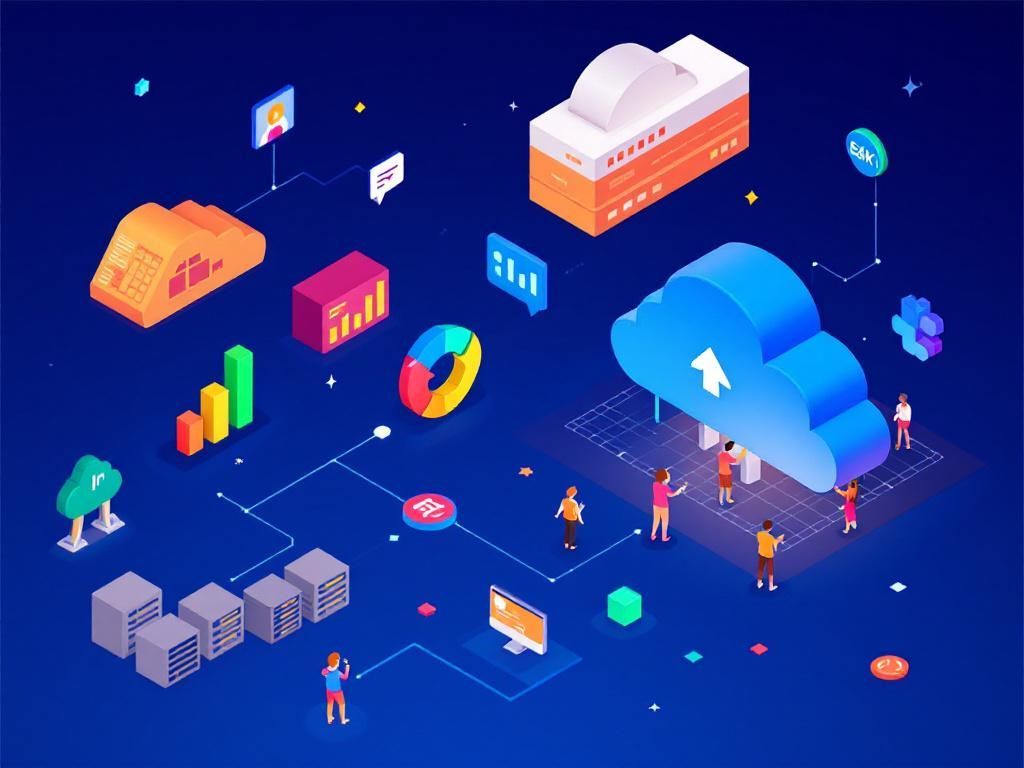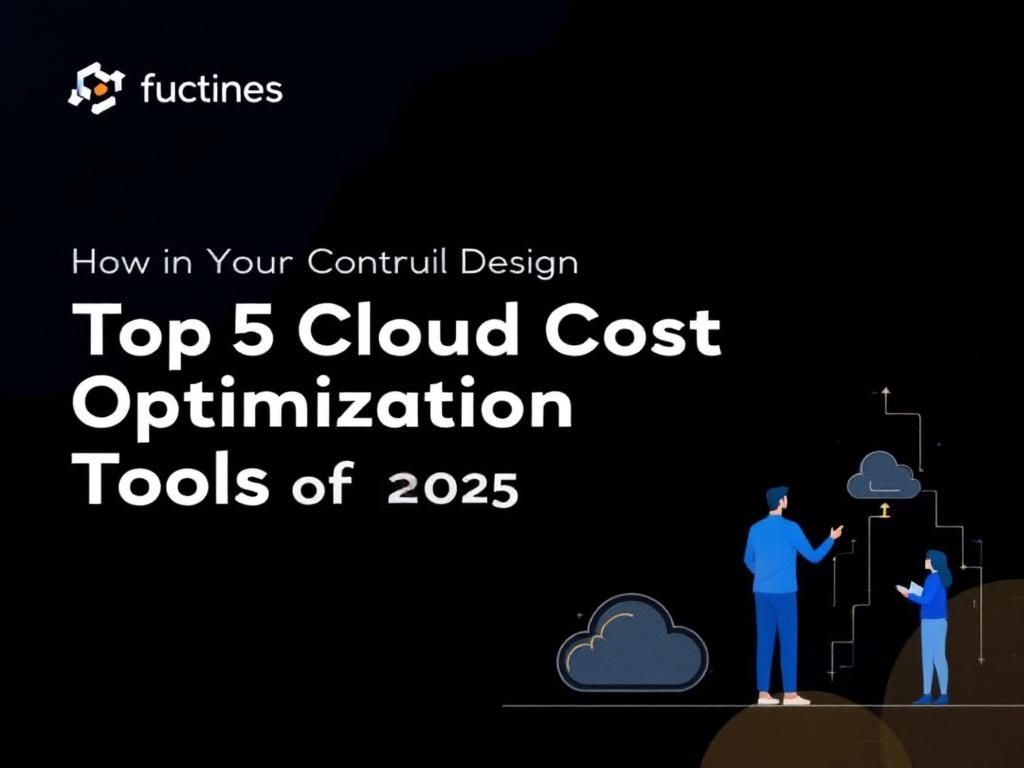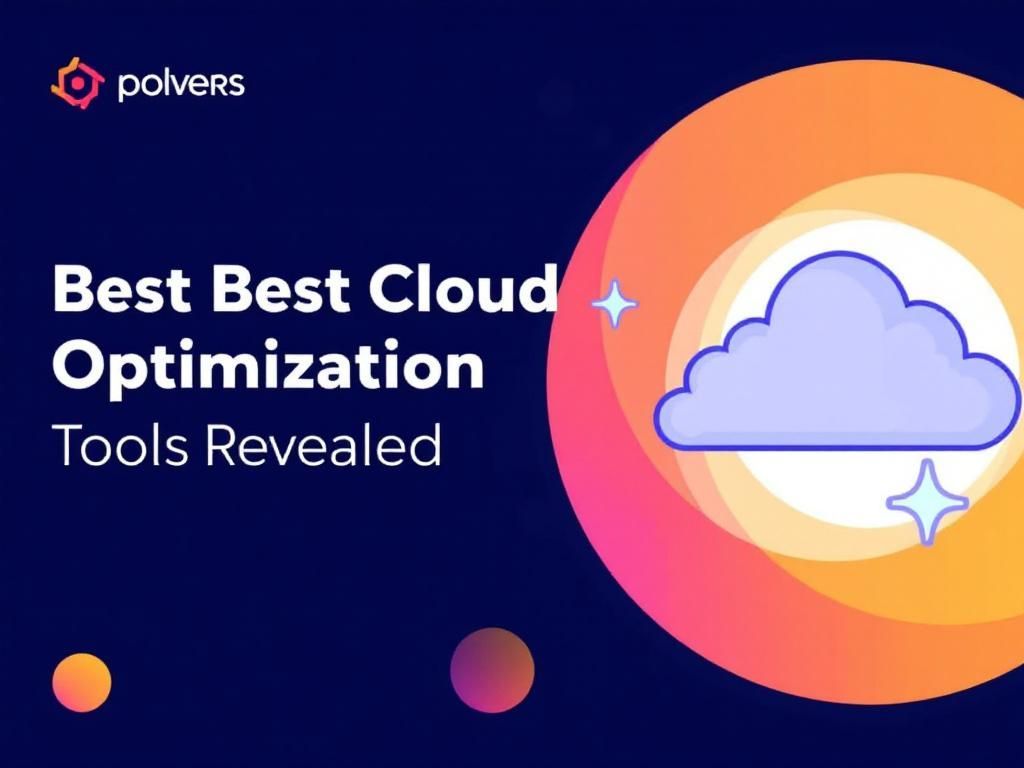Boost Enterprise Efficiency with Cloud Monitoring Tools
Discover how cloud monitoring tools enhance enterprise efficiency by optimizing performance, reducing downtime, and improving resource management.

In today’s rapidly evolving technological landscape, organizations are increasingly seeking innovative ways to enhance operational efficiency and streamline processes. One of the most effective strategies is harnessing the power of cloud monitoring tools. These tools not only provide real-time insights into system performance but also enable businesses to proactively manage their cloud environments, optimize resource allocation, and ensure service reliability. In this article, we will explore the various benefits of cloud monitoring, the key features to look for in monitoring tools, and how to successfully implement these solutions in your enterprise.
Table of Contents
Understanding Cloud Monitoring
Cloud monitoring refers to the practice of tracking and analyzing the performance, availability, and overall health of cloud-based services and applications. With the shift from traditional on-premises infrastructure to cloud environments, the dynamics of monitoring have changed significantly. Cloud monitoring encompasses various aspects, including:
- Performance Monitoring
- Security Monitoring
- Application Monitoring
- Infrastructure Monitoring
Performance Monitoring
This involves measuring the speed and responsiveness of applications and services hosted in the cloud. Key metrics include:
| Metric | Description |
|---|---|
| Response Time | The time taken to respond to a request. |
| Throughput | Number of requests processed over a specific period. |
| Error Rate | Percentage of requests that result in errors. |
Security Monitoring
Security monitoring focuses on identifying potential vulnerabilities and threats within cloud environments. It includes:
- Identifying unauthorized access attempts
- Monitoring data breaches
- Ensuring compliance with regulations
Application Monitoring
This type involves tracking application performance and user experience to ensure optimal functionality. It often utilizes:
- Real User Monitoring (RUM)
- Synthetic Monitoring
- Transaction Tracing
Infrastructure Monitoring
Infrastructure monitoring provides visibility into the underlying hardware and services supporting cloud applications. This includes tracking:
- Server load and capacity
- Network performance
- Database performance
Benefits of Cloud Monitoring Tools
Implementing cloud monitoring tools can yield numerous benefits for enterprises, including:
- Enhanced Performance: Continuous monitoring helps identify bottlenecks and optimize resource usage, leading to improved application performance.
- Proactive Issue Resolution: By receiving alerts for potential problems before they escalate, teams can address issues swiftly, minimizing downtime.
- Cost Optimization: Monitoring tools provide insights into resource utilization, helping enterprises optimize costs by scaling resources up or down as needed.
- Improved Security: Regular monitoring helps detect suspicious activity, ensuring that sensitive data is protected and compliance requirements are met.
Key Features to Look For
When selecting cloud monitoring tools, consider the following essential features:
- Real-time Monitoring: The ability to track performance metrics in real time is crucial for quick decision-making.
- Integrated Alerts: Look for tools that offer customizable alerts to notify teams of critical issues.
- Comprehensive Dashboards: Dashboards should provide visual representations of data, making it easier to interpret trends and performance indicators.
- Reporting and Analytics: Robust reporting capabilities allow organizations to analyze historical data and derive insights for future improvements.
- Support for Hybrid Environments: Ensure the tool can monitor both cloud and on-premises resources effectively.
Implementing Cloud Monitoring in Your Enterprise
Successfully implementing cloud monitoring tools requires careful planning and execution. Here are steps to guide you through the process:
1. Assess Your Needs
Identify the specific requirements of your organization, including:
- Type of applications and services used
- Compliance and security requirements
- Team expertise and resources available for monitoring
2. Choose the Right Tools
Based on your assessment, select the cloud monitoring tools that best fit your needs. Evaluate them based on:
- Ease of integration with existing systems
- Scalability options
- Vendor support and community resources
3. Set Up Monitoring Parameters
Define the key metrics you want to track and establish baseline performance levels. Configure alerts for anomalies and thresholds to ensure timely responses.
4. Train Your Team
Ensure that your IT and operations teams are well-trained in using the monitoring tools. Provide resources and ongoing support to help them become proficient in analyzing and acting on the data collected.
5. Regularly Review and Optimize
Periodically assess the effectiveness of your monitoring strategy and tools. Use insights gained to make necessary adjustments in configurations, alert settings, and resource allocations.
Conclusion
Incorporating cloud monitoring tools into your enterprise technology stack is no longer optional; it is essential for driving efficiency, enhancing performance, and maintaining security in a cloud-centric world. By understanding the significance of cloud monitoring and carefully implementing the right tools, organizations can gain a competitive edge, optimize resource allocation, and ensure that their services remain reliable and efficient. As technology continues to advance, embracing these tools will empower enterprises to navigate the complexities of the digital landscape with confidence.
FAQ
What are cloud monitoring tools?
Cloud monitoring tools are software applications that help organizations track and manage their cloud infrastructure’s performance, availability, and security in real-time.
How do cloud monitoring tools improve enterprise efficiency?
Cloud monitoring tools enhance enterprise efficiency by providing insights into resource utilization, identifying bottlenecks, and enabling proactive management of cloud services.
What features should I look for in a cloud monitoring tool?
Key features to look for include real-time analytics, alerting capabilities, customizable dashboards, integration with existing tools, and support for multiple cloud environments.
Can cloud monitoring tools help with compliance?
Yes, cloud monitoring tools can assist with compliance by ensuring that cloud resources are configured according to regulatory standards and providing audit trails for compliance reporting.
Are cloud monitoring tools suitable for small businesses?
Absolutely! Many cloud monitoring tools offer scalable solutions that cater to the needs of small businesses, helping them optimize their cloud usage efficiently.
What is the cost of implementing cloud monitoring tools?
The cost of cloud monitoring tools can vary widely based on features and scale, but many providers offer tiered pricing models to accommodate different budgets and requirements.








